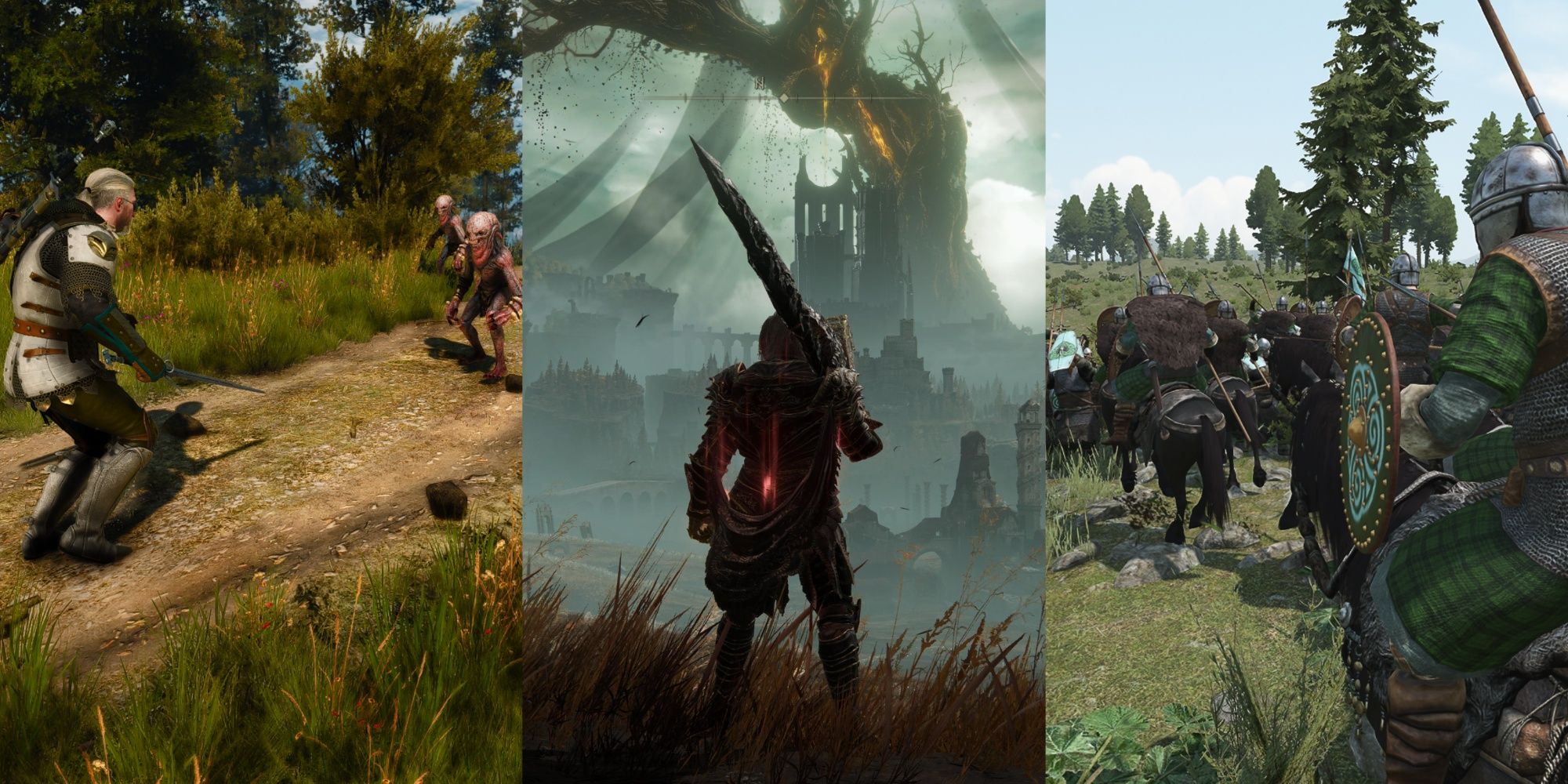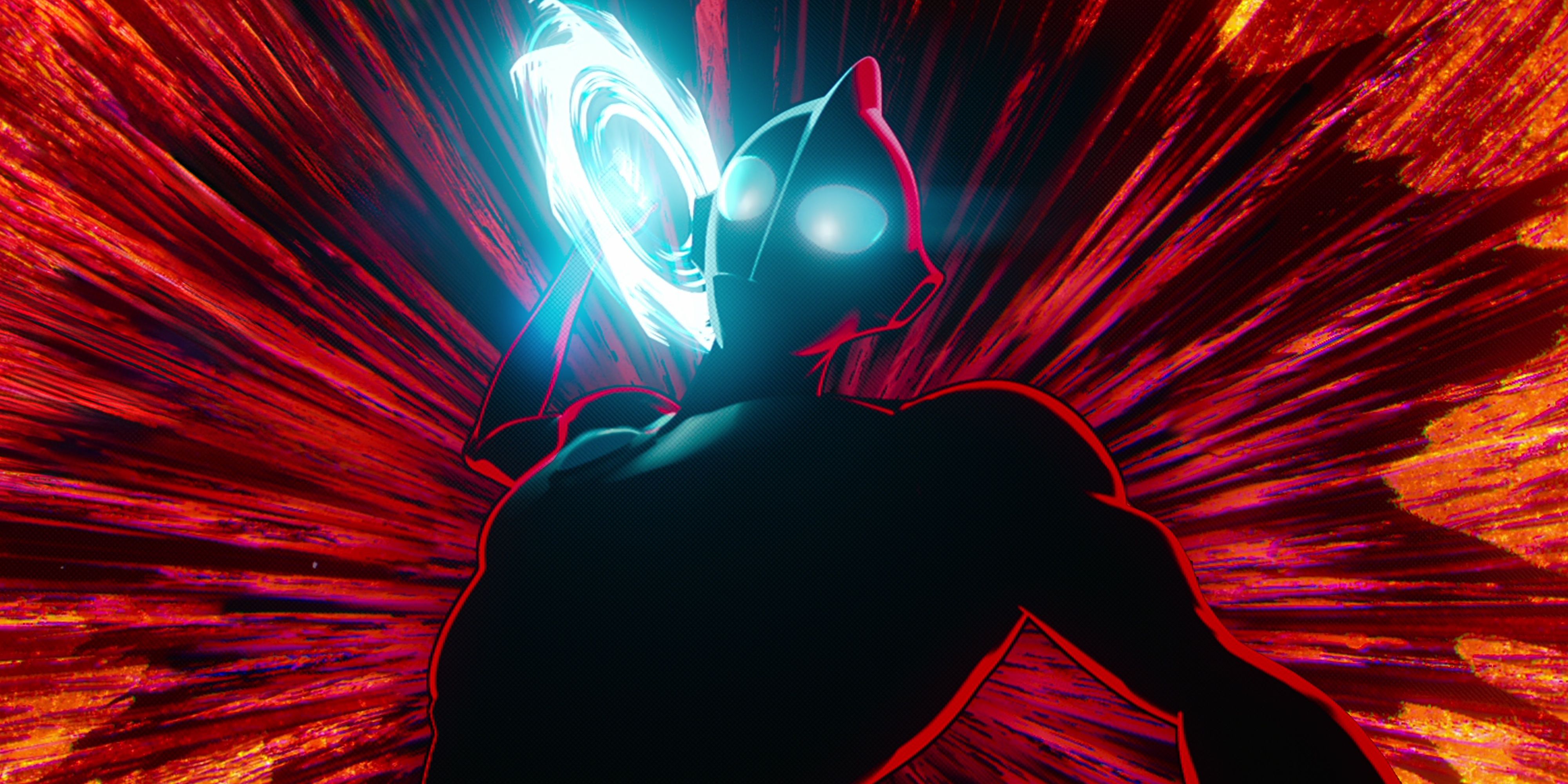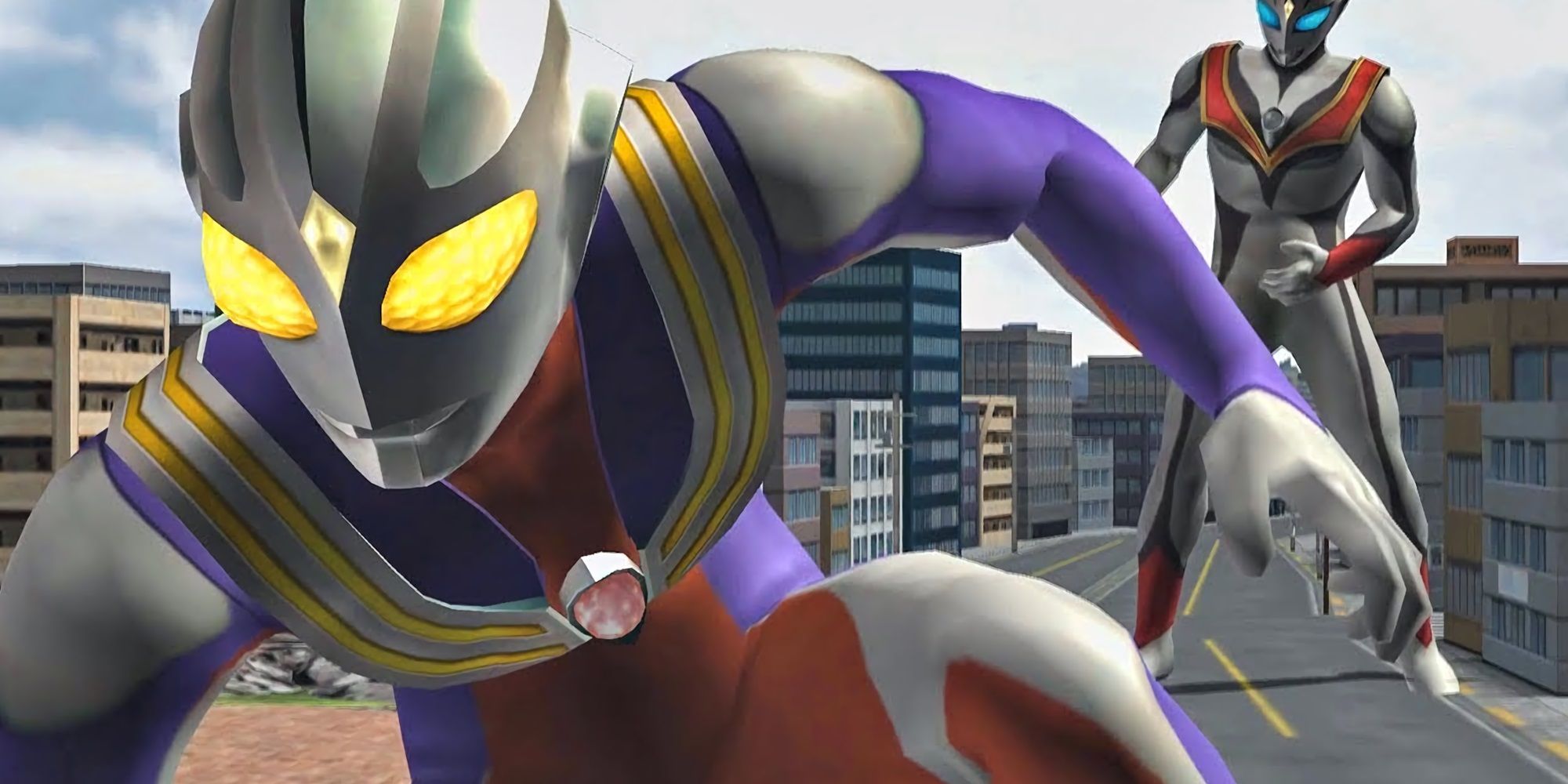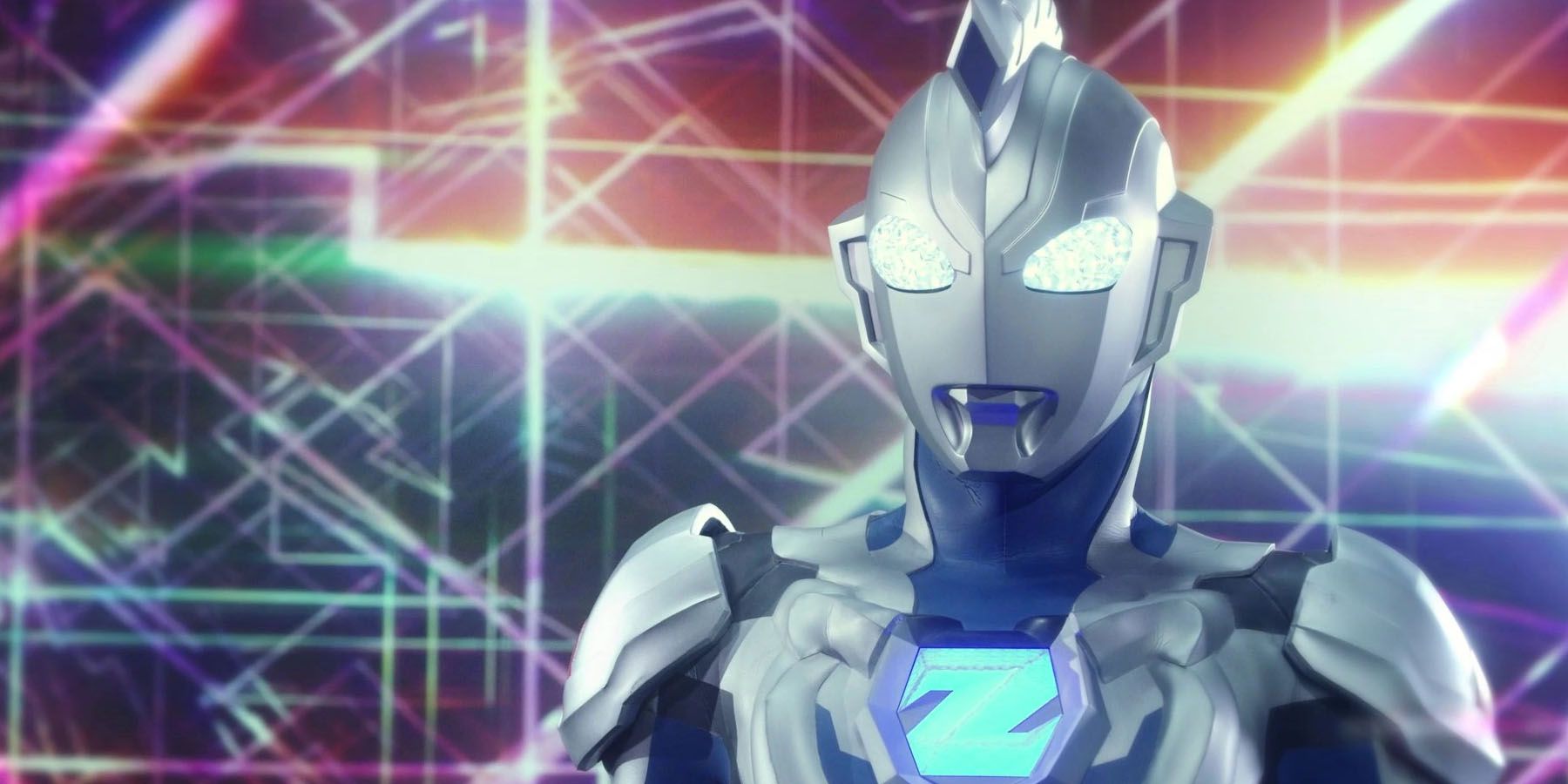It can be difficult to recognize what is and isn't popular in other countries. A franchise, genre, or performer can look niche in the United States even as it becomes the most important thing in the rest of the world. Everyone knows Ultraman is a big deal in Asia, but most people don't recognize it as the $7.4 billion-dollar industry that it is. It's more profitable than Godzilla, Superman, Sonic the Hedgehog, and Middle-earth, so why doesn't it have a bigger worldwide presence?
It's a very good year to be a fan of Japanese giant monster movies. Kaiju cinema gave the world Godzilla Minus One, perhaps the most poignant, epic, and beautiful take on the genre since the King of the Monsters first rose from the sea. Only a few months later, Legendary Pictures would add to Godzilla's 70th birthday with Godzilla x Kong: The New Empire. The American offering is a celebration of Godzilla's sillier side, and it was rewarded with the biggest box-office profit the franchise has ever seen. The king is where he belongs, but perhaps other notable franchises can capitalize on the moment.
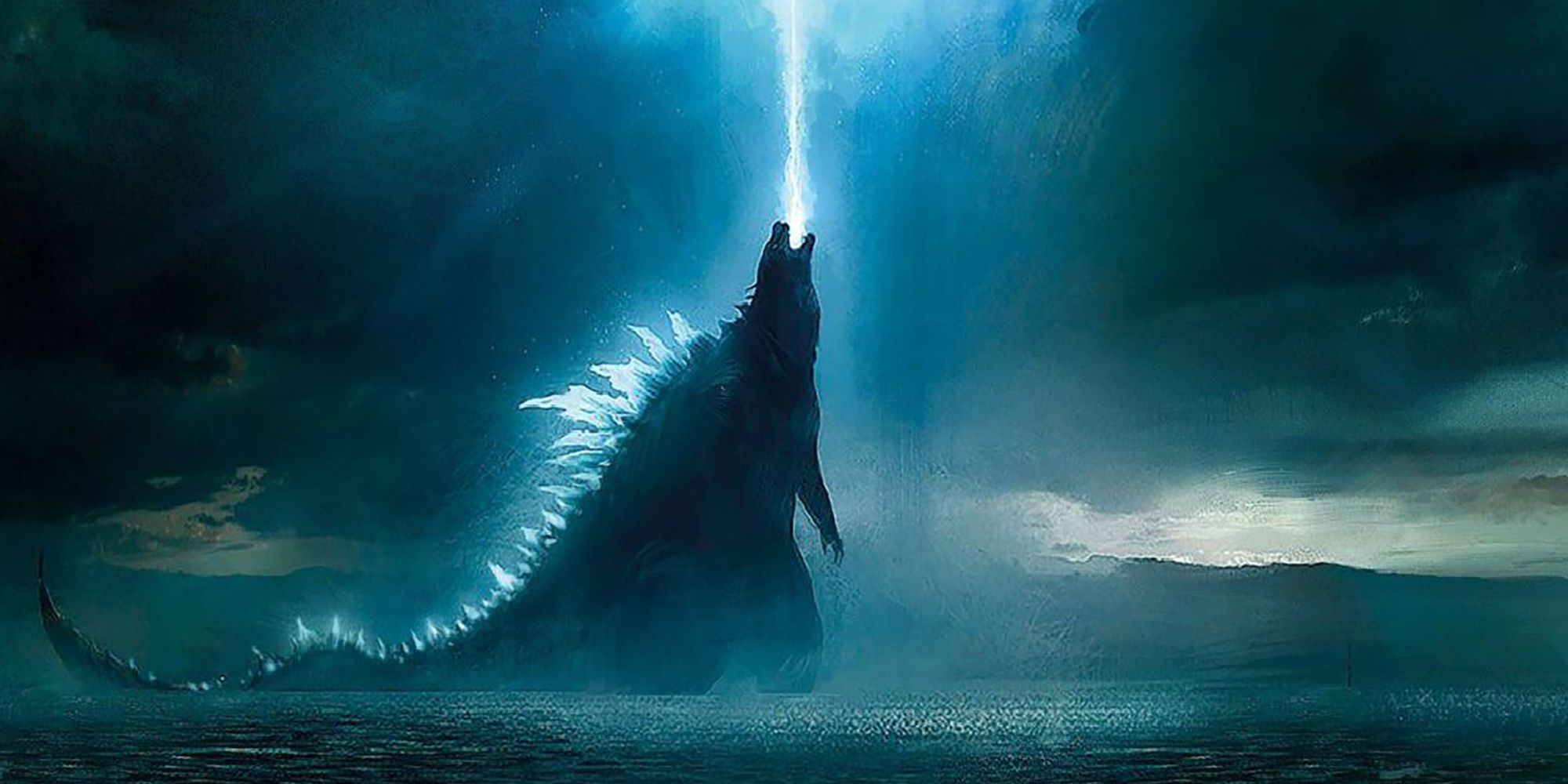
Can the Monsterverse Bring Horror Back To Kaiju Movies?
While every recent Monsterverse outing has focused on action, there's a strong history of horror in the concepts and crew of this franchise.
Ultraman is gigantic
Introduced in 1966's Ultra Q TV series, Ultraman is the central figure in Japan's enduringly popular Kyodai Hero subgenre of tokusatsu media. It's a specific type of superhero story in which the protagonist grows to a tremendous size to fight kaiju. Godzilla likely inspired the earliest movements in this subgenre. 1964's Ghidorah, the Three-Headeed Monster was the turning point of Toho's franchise, which depicted Godzilla as a hero for the first time. This concept of a monstrous figure turning over a new leaf to help humanity became the Kyodai Hero trope. Ultra Q formalized the concept two years later, cementing it in Japanese culture. In the first 22 years of the Ultraman franchise, it generated billions in merchandise. Ultraman became the third-most-profitable licensed character in the world during the 80s. His popularity was immense, absurd, and inarguable. However, it remained heavily localized in Asia. America only got bits and pieces of Ultraman, but it never took the world by storm in the way it could have.
Americans rarely get Ultraman
In the 1960s and 70s, TV networks occasionally dubbed Ultraman shows for broadcast, but that process gradually became less frequent as the years went on. Most Americans know the Ultraman franchise as a thing that's popular in Japan without really knowing its details, elements, or appeal. Other Japanese franchises like Super Sentai, Godzilla, and even Kamen Rider have massive American fanbases. Owners and creators brought those properties across the world, exposing fans to them in a way that stuck. Ultraman certainly has support in the United States, but it's at a very different level. While all of these franchises have hardcore devotees, the lion's share of Americans innately know what they need to know about Sentai shows or kaiju movies. Most people in the States can't say a thing about Ultraman aside from the fact that he's big in Japan. The obvious core of the problem is that the other major Japanese franchises have unique arms designed to appeal to Americans. Sentai has Power Rangers, Godzilla has the Monsterverse, and Kamen Rider has a big enough fanbase that it has never needed to reach out. Ultraman has, for whatever reason, been unable to attain Kamen Rider's level of crossover appeal, so perhaps it's time to try the other strategy.
Could Ultraman become even bigger?
Most American fans of Ultraman probably first experienced the character in the early 2000s. The beloved FoxBox programming block, a co-production between American TV network Fox and 4Kids Entertainment, introduced countless young people to anime. Sonic X, Ultimate Muscle, Kirby: Right Back at Ya!, Shaman King, Cubix: Robots for Everyone, Winx Club, and the widely-despised dub of One Piece lit up the Saturday mornings of many early-2000s youths. Ultraman Tiga was one of the first shows in the programming block. The series aired in 1996 in Japan, then made it to America in 2002. 4Kids was notorious for damaging their shows with confused, questionable dubs that would often reduce the impact of their source material. Though several Ultraman programs enjoyed English dubs, most still live exclusively in their original language. Netflix now seeks to bring the franchise some attention through an animated adaptation. It's well-received and decently popular, but it's an animated film on a streaming service that drops similar projects every other week. The franchise needs something bigger.
The Monsterverse could be the ideal model for something to properly introduce Ultraman to an American audience. As the Monsterverse finds its greatest peak of box office success, it's a perfect opportunity to elevate an even more popular brand. Ultraman is dragged between several owners, but the Netflix adaptation made it work. Legendary Pictures found a perfect new dimension of the Godzilla franchise, but Ultraman hasn't been as lucky. If there were ever a time to give Ultraman a live-action spotlight in the United States, it is now. Superhero movies need a sudden reinvention, and the Kyodai Hero would be the perfect new dimension.
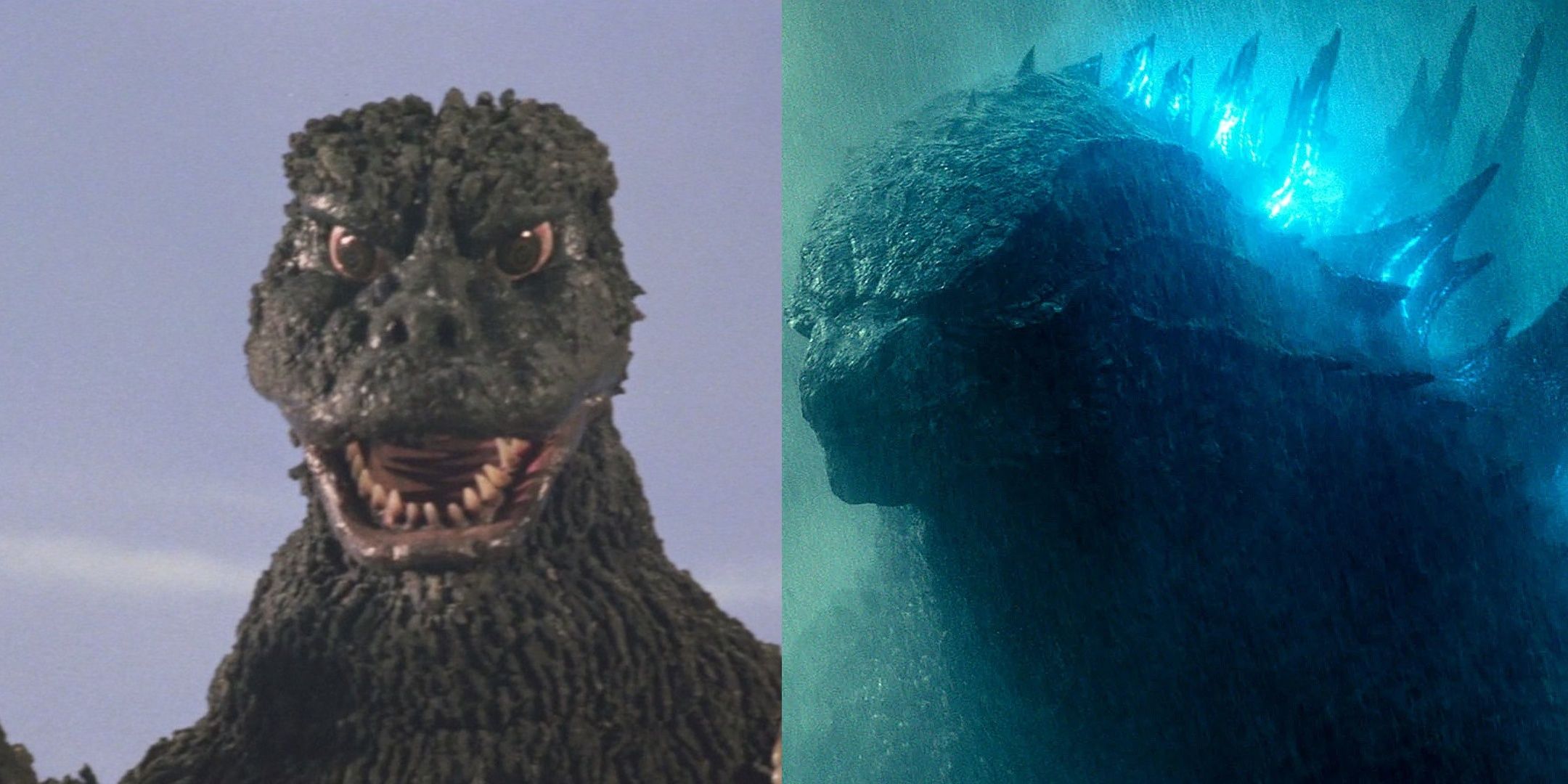
What Can The Monsterverse Learn From Classic Godzilla?
While the new set of Godzilla and Kong films is making money, what should they take from the past to earn the same level of longevity?

